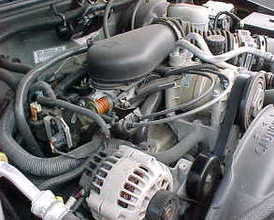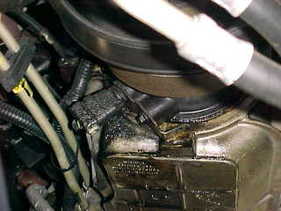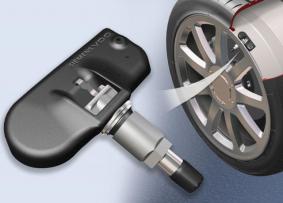About Automotive Technology

One thing about automotive technology is that it advances quickly, but in spurts. New systems are developed and tested on a regular basis.
These advances are then put into vehicles, and unfortunately real world tested by the brave automotive consumers.
Changes and improvements are then applied to the new technologies and re-introduced into the automobile.
Most auto mechanics will recommend shying away from brand-new automotive systems until they are perfected.
Sometimes automotive technology advances to quickly, and new ideas are rushed to market.
One reason for this would be to give an advantage to the sales force of an individual carmaker. Having a unique and useful automotive technology can be a strong sales driver.
Advances in automotive technology

If you ask me one thing that has brought about the greatest change in the auto repair industry, is the deployment of the computer control module.
These computers control the engine support systems, and nearly every other major system on the car has some kind of electronic control circuitry.
The use of electronics has changed the automobile and will continue on this track as advances are made in other automobile technologies.
If you add to this the new composite materials that are being used for engine parts there are a lot of changes going on.
Example: I have a 4.3 liter Chevy V6. This engine has been time tested and is very reliable. For the 2004 model year the metal timing cover was replaced by a composite cover. With only 20k miles oil began to leak from the warping cover on my truck. A non-warping replacement is now available but will not help the stains in this mechanics driveway.
Future of automobiles
Steel body panels are being replaced with aluminum and plastic parts that are bonded to the frame with specialized adhesives. The remaining metal on the vehicle is now thin high-strength steel, aluminum, or replaced completely by carbon fiber composite materials. This greatly reduces the total weight of the vehicle and increases fuel economy and performance at the same time.
To compensate for the decrease in the strength (crumple zone) and crash protection the car manufacturer will now surround you with inflatable air bags. Some new cars have six just for the driver. This keeps the driver safe even though the vehicle was made less sturdy then vehicles just a decade ago.
The way automobiles of today and tomorrow are being shaped by emerging automotive technologies requires the automotive consumer to be on the lookout for brand-new systems that have not been thoroughly tested.

Here is an example of the above statement about waiting for perfection of technologies. Let me use the tire pressure warning system that was deployed in early 2000.
The first year that system was deployed if you had the low tire pressure light come on it was extremely difficult to diagnose and reset. In fact, in many cases specialized equipment was needed to diagnose and reset the low tire pressure light.
Many people with these early systems just drive around with the warning light on. Or even worse they will put a piece of tape over the light instead of fixing the problem and reseting the tire pressure light.
Now that the system has been on the market for several years more advanced control systems allow for the automatic resetting of the system when a tire is repaired or refilled.
You can see that if you had waited a year or two that your tire pressure monitors system would have been much more user friendly and for the most part automatic.
This is why most mechanics in the auto repair industry will recommend that you wait on new technologies. Before you jump on board. When something shiny and new comes out it is only human nature to want to jump right in. But in the automotive world a little bit of patience, may pay big dividends.

